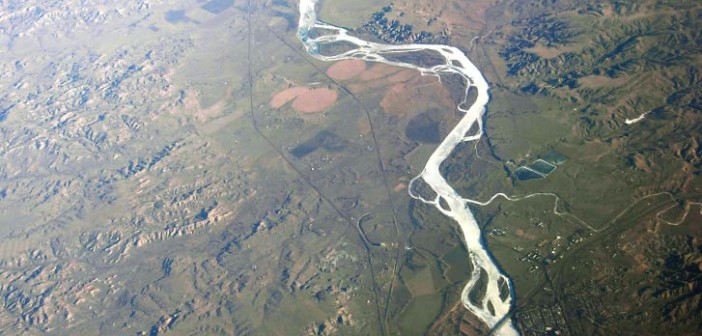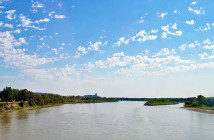The AP is reporting that preliminary tests do not look good for the fish in the Yellowstone river. After the January 17th pipe burst, the Montana Department of Fish and Wildlife have been scrambling to clean up the nearly 40,000 gallons that leaked, and grasp the implications. An iced-over river proved to be a tough cleanup of the river, and though statistics showed how much oil leaked, many were left guessing at how much damage the spill had really caused.
Biologists were able to capture shovelnose sturgeon, sauger, channel catfish, goldeye, burbot and shorthead redhorse suckers below the spill. These fish were sent to laboratories in Billings and Wisconsin. Edible muscle tissue and internal organs are being tested for polycyclic aromatic hydrocarbons.
“We weren’t expecting to find it,” Trevor Selch, FWP’s pollution control biologist reported to the AP on Friday.
Thus far, there have been detectable levels of petroleum in some of the sauger, goldeye and shovelnose sturgeon. The remainder of the fish are still undergoing testing.
Biologists will fight snowmelt to continue testing through out the spring. Not only can fish absorb petroleum up to 40 days after a spill, but they can ingest toxins through bugs, micro-organisms, insects, worms, and crustaceans, so petroleum levels are suspected to hang around.
VIA: Great Falls Tribune

